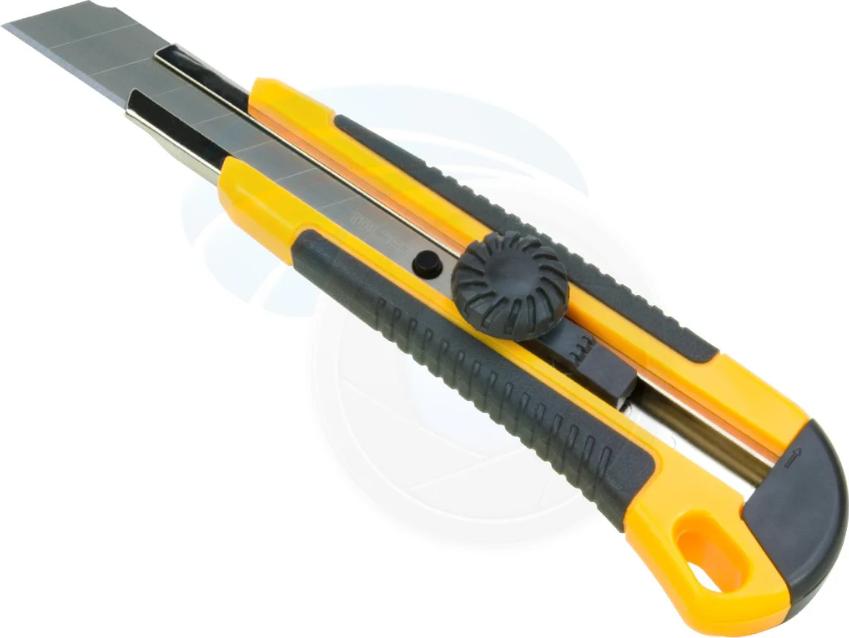A Guide to Choosing a Snap Blade Utility Knife

When it comes to precision cutting, a snap blade utility knife is an indispensable tool for both professionals and DIY enthusiasts. However, with various options available, selecting the right one can be overwhelming. This guide will walk you through key factors to consider when choosing the best snap blade utility knife for your needs.
Blade Quality
One of the most crucial aspects to examine is the quality of the blade itself. Snap blade knives are typically equipped with multi-segmented blades that can be snapped off to expose a fresh, sharp edge. Look for high-carbon steel blades, as these tend to retain sharpness longer and are more durable. Stainless steel is another option, offering rust resistance but with slightly less longevity in sharpness.
Blade Size and Thickness
Snap blade utility knives come in different sizes, with the most common being 9mm, 18mm, and 25mm widths. For tasks requiring fine cuts, such as arts and crafts, a 9mm blade would suffice. However, for tougher materials like cardboard or linoleum, an 18mm or 25mm blade provides the extra strength and stability needed. Thickness also matters; thicker blades can handle heavier-duty work but may lack the flexibility of thinner blades.
Handle Design and Ergonomics
Comfort during use is another essential consideration. The handle should be ergonomic, fitting comfortably in your hand for extended periods without causing fatigue. Rubberised or textured handles provide better grip, reducing the risk of slipping during precision cuts. Additionally, a lightweight design can make a big difference, especially if you’re using the knife frequently.
Blade Locking Mechanism
Safety is a priority when working with any knife, and a reliable blade-locking mechanism is essential. Some snap blade utility knives feature an automatic lock that secures the blade in place once extended. Others come with a manual wheel lock that allows you to adjust the blade length more precisely. Ensure the locking system is robust to prevent accidental retraction during use.
Ease of Blade Replacement
Finally, consider how easy it is to replace or snap off the blade segments. Many modern designs include a built-in snapper, which simplifies the process of exposing a new blade without the need for additional tools.
Choosing the right snap blade utility knife depends on factors such as blade quality, size, ergonomics, and safety features. Taking the time to assess these elements will ensure you find a tool that suits your specific cutting needs perfectly.
Copyright © Rain Stone LLC All Rights Reserved